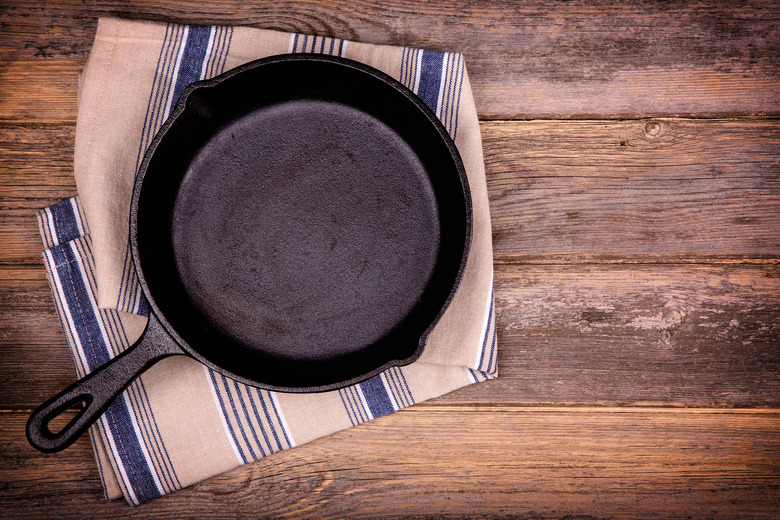Differences Between Malleable Iron & Cast Iron
A spectrum of alloys exists under the name iron; these alloys are defined, in terms of percentages, as to how much carbon they contain. Malleable iron and cast iron (also known as gray cast iron) are two such alloys. Major differences between these two metals include their carbon content, formation, advantages, disadvantages and functions.
Carbon Content
Carbon Content
Malleable iron contains 0.08 percent to 0.2 percent carbon. Cast iron, in comparison contains much more carbon than malleable iron. Its percentage of carbon content ranges from 2 percent to 4.5 percent.
Formation Differences
Formation Differences
The process of making malleable iron begins with making white cast iron, which is made by cooling cast iron quickly, preventing the formation of graphite flakes. The white cast iron is heated for several long periods with certain materials. During these periods the carbon content of the iron decomposes and starts to leave the metal, while some of it turns into particles of graphite. Due to it losing volume more liquid metal must be added to prevent breaks. The result of this process is malleable iron.
Cast iron can be made in a bloomery furnace. A bloomery furnace uses direct reduction to smelt iron, meaning that the iron never enters a liquid state. When the furnace becomes too hot, for other types of iron casting, the iron absorbs enough carbon to classify it as gray cast iron. As it cools it forms graphite flakes.
Advantages and Disadvantages
Advantages and Disadvantages
Gray cast iron has a high dampening capacity and is corrosion resistant. However it is brittle, and can be difficult to machine as it is hard to produce a smooth surface and can reduce tool life.
Malleable iron has good shock resistance, is ductile and is very machinable. Its main detractor is that it shrinks when it cools. This is due to it losing volume while it cools.
Function
Function
Malleable iron's functions include being the metal in universal joints, compressor crankshafts, compressor hubs, flanges, connecting rods and components for heavy duty equipment such as:
- marine equipment
- railroad equipment
Cite This Article
MLA
Reinbold, Joan. "Differences Between Malleable Iron & Cast Iron" sciencing.com, https://www.sciencing.com/differences-malleable-iron-cast-iron-7786464/. 13 March 2018.
APA
Reinbold, Joan. (2018, March 13). Differences Between Malleable Iron & Cast Iron. sciencing.com. Retrieved from https://www.sciencing.com/differences-malleable-iron-cast-iron-7786464/
Chicago
Reinbold, Joan. Differences Between Malleable Iron & Cast Iron last modified March 24, 2022. https://www.sciencing.com/differences-malleable-iron-cast-iron-7786464/
